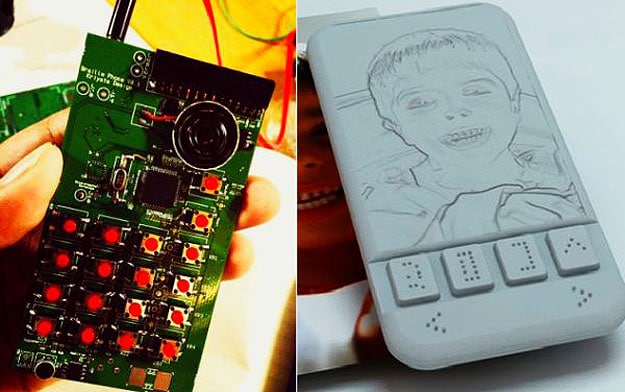
#BRAILLE TRANSLATOR SOFTWARE#
The software allows the user to create highly precise and accurate American or British style bidirectional grade 1 and grade 2 braille translation for textbooks, office work, memos, and pleasure reading books, even if the person doesn't know braille.
#BRAILLE TRANSLATOR WINDOWS#
Īt the first International Workshop on Computerized Braille Production, held in Muenster, Germany, March 1973, many braille-translation projects from around the world were described.The Duxbury Braille Translator for Windows is the recognized standard of translation in the production of braille from print as well as providing printed words from braille. DOTSYS III was developed for the Atlanta Public Schools as a public domain program.
#BRAILLE TRANSLATOR PORTABLE#
The MITRE Corporation team of Robert Gildea, Jonathan Millen, Reid Gerhart and Joseph Sullivan (now president of Duxbury Systems) developed DOTSYS III, the first braille translator written in a portable programming language. Eventually, MIT out-sourced the software work to MITRE Corp.

Robert Mann wrote and supervised software for braille translation called "DOTSYS," while another group created an embossing device which became known as the "M.I.T. Project to automate the production of braille. The first practical application of computer translation and production of braille used mainframe computers at the American Printing House for the Blind of Louisville, KY. When people make these decisions, it is braille transcription, when computers make these decisions, it is braille translation. The most difficult part of producing braille is making the decision of when to use and when not to use braille contractions. Unless properly programmed, a computer might make a mistake that no person would make, such as using the contraction for "mother" in the word "chemotherapy". The use or non-use of these braille contractions is related to word pronunciation, For example, the "th" sign is used in the word "think", but not in the word "pothole". Some languages use contracted braille, where the rules for various contractions (braille abbreviations) are quite complex.įor example, in contracted English braille, the inkprint word think (5 letters) is rendered in braille as 3 characters: ⠹⠔⠅(th)(in)k. Uncontracted braille requires manipulation of capitalization, emphasis, numbers, and punctuation. Some languages use uncontracted braille, where each letter uses a specific braille character. Braille translators can be run by persons with or without sight.Ī braille translator can run on a smart phone, on a personal computer, on a network server, or (historically) on larger mini-computers or mainframes of larger institutions. Another circumstance is that someone has braille in an electronic braille notetaker that they want produced in inkprint to be shared with someone who does not read braille.īraille-translation software is usually classified as Assistive Technology, since the action of the software provides braille for a blind person. The braille could be sent to a braille embosser to produce physical braille or be sent to an electronic braille notetaker. The usual circumstance is that someone has inkprint in a word processor file or at an internet URL, and they want braille.

The word "braille" means text prepared for reading by the finger, whether actually brailled, displayed on an electronic braille device, or stored in a computer.īraille-translation software (or embedded hardware) converts inkprint into braille or braille into inkprint. For the purposes of this article, the word "inkprint" means text prepared for reading by the eye, whether actually printed, displayed on a screen, or stored in a computer.


 0 kommentar(er)
0 kommentar(er)
